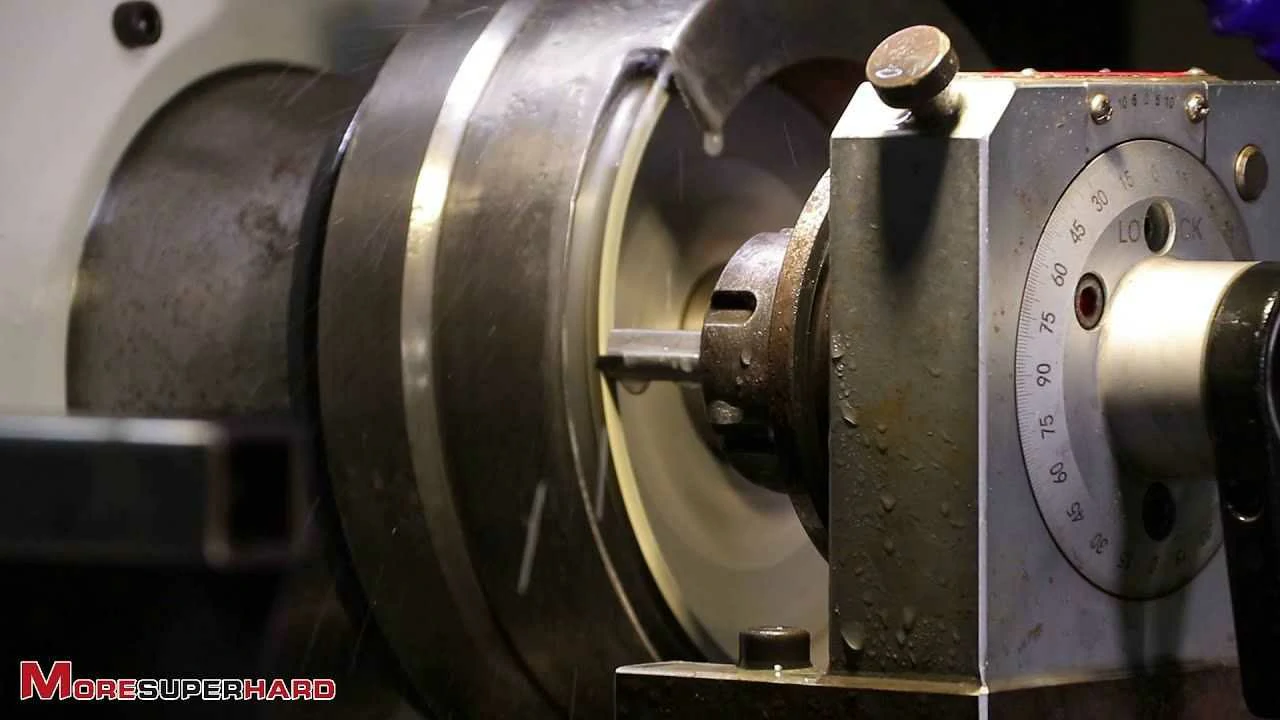Cubic boron nitride (CBN) and diamond are two commonly used superabrasive materials in various industries. They possess unique performance characteristics that make them suitable for specific applications. This article will discuss the performance characteristics of CBN and diamond and their respective advantages and limitations.
1. Hardness:
Diamond is known for its exceptional hardness, ranking as the hardest material on the Mohs scale. It has a value of 10, making it ideal for cutting and grinding applications where extreme hardness is required. On the other hand, CBN is the second hardest material after diamond, with a hardness value of 9. As a result, CBN is primarily used in applications that involve high-temperature machining of hardened steels and superalloys.
2. Thermal Stability:
CBN exhibits excellent thermal stability, allowing it to withstand high temperatures generated during machining processes. This characteristic makes CBN suitable for applications involving high-speed cutting, such as turning, milling, and boring. Diamond, on the other hand, has poor thermal stability at high temperatures, limiting its applications in certain machining processes.
3. Wear Resistance:
Both CBN and diamond possess outstanding wear resistance properties, enabling them to maintain their cutting edge for extended periods. However, CBN demonstrates superior wear resistance compared to diamond when machining ferrous materials. This makes CBN the preferred choice for applications involving hardened steel and cast iron.
4. Chemical Inertness:
Diamond is chemically inert and does not react with most materials, making it suitable for use in aggressive environments that involve cutting or grinding corrosive materials. CBN, although less chemically inert than diamond, still exhibits good chemical stability, making it suitable for applications involving machining of hardened materials.
5. Fracture Toughness:
CBN has a higher fracture toughness than diamond, making it less prone to chipping or cracking during machining operations. This characteristic allows CBN to withstand higher machining forces and impacts, making it suitable for heavy-duty cutting applications. Diamond, being more brittle, is susceptible to chipping and cracking under high-stress conditions.
CBN and diamond are both superabrasive materials with unique performance characteristics. While diamond is the hardest material known, CBN offers excellent thermal stability and wear resistance, making it ideal for high-temperature machining applications. The choice between CBN and diamond depends on the specific requirements of the machining process, such as the material being machined, the cutting conditions, and the desired surface finish. By understanding the performance characteristics of CBN and diamond, manufacturers can select the appropriate superabrasive material to achieve optimal machining results.
.webp)
